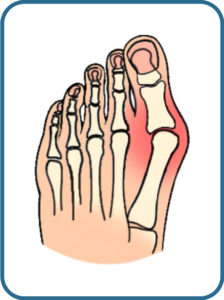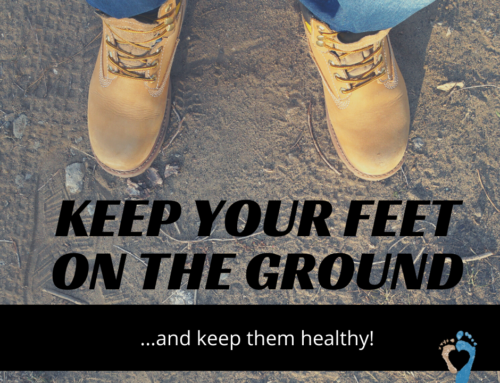Dealing with Bunions
Bunions, medically known as hallux valgus, are bony bumps that form at the base of the big toe. This condition occurs when the joint at the base of the big toe moves out of alignment, causing the toe to angle toward the second toe. Over time, this misalignment can result in pain, swelling, and difficulty wearing shoes. Read on to learn more about bunions and their treatment.
Causes of Bunions

The development of bunions is often linked to inherited structural abnormalities in the foot. However, lifestyle factors can also contribute. Tight, narrow shoes with high heels that crowd the toes are a common cause, as they place pressure on the joint and exacerbate the deformity. Other factors include arthritis, flat feet, or an abnormal walking pattern.
Symptoms of Bunions
The primary symptom of bunions is a noticeable bump at the base of the big toe. As the condition progresses, pain and tenderness can develop around the affected area, particularly when wearing tight shoes. Other common symptoms include swelling, redness, and difficulty moving the big toe.
Treatment Options for Bunions
Treatment for bunions depends on the severity of the condition. For mild cases, conservative treatments such as wearing wider shoes, using protective pads, or applying ice to reduce swelling may provide relief. Custom orthotics can help by providing better foot alignment and reducing pressure on the joint. Anti-inflammatory medications may also be used to manage pain and inflammation.
For more severe cases, when conservative measures don’t provide relief, surgery may be considered. A bunionectomy is a common surgical procedure that involves removing the bump and realigning the toe joint. Recovery from surgery can take several weeks, but it often provides long-term relief.
If you’re experiencing symptoms of bunions, consult with your chiropodist to discuss the best treatment options for your needs.


